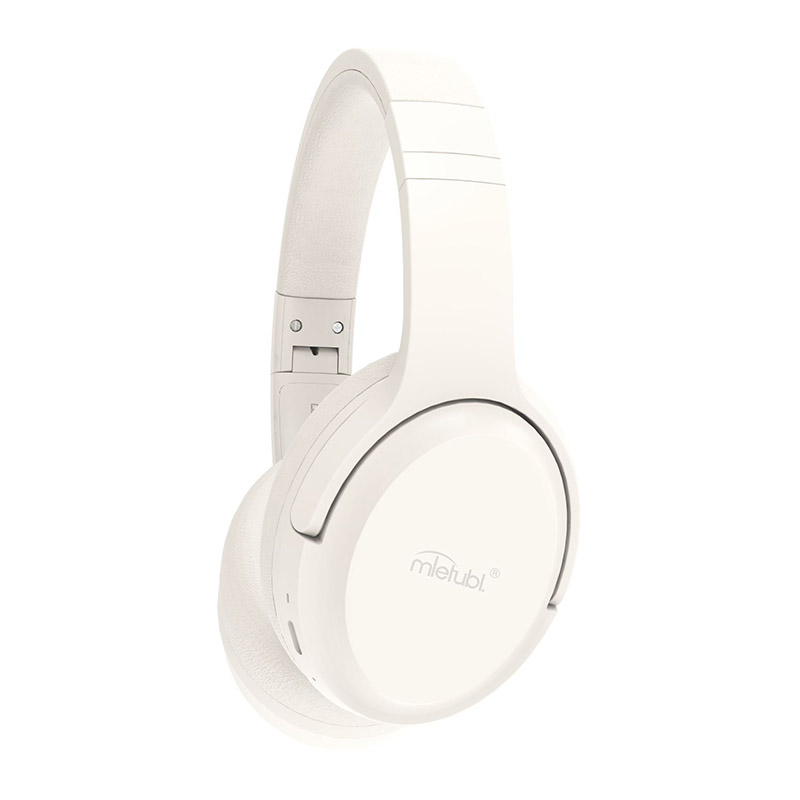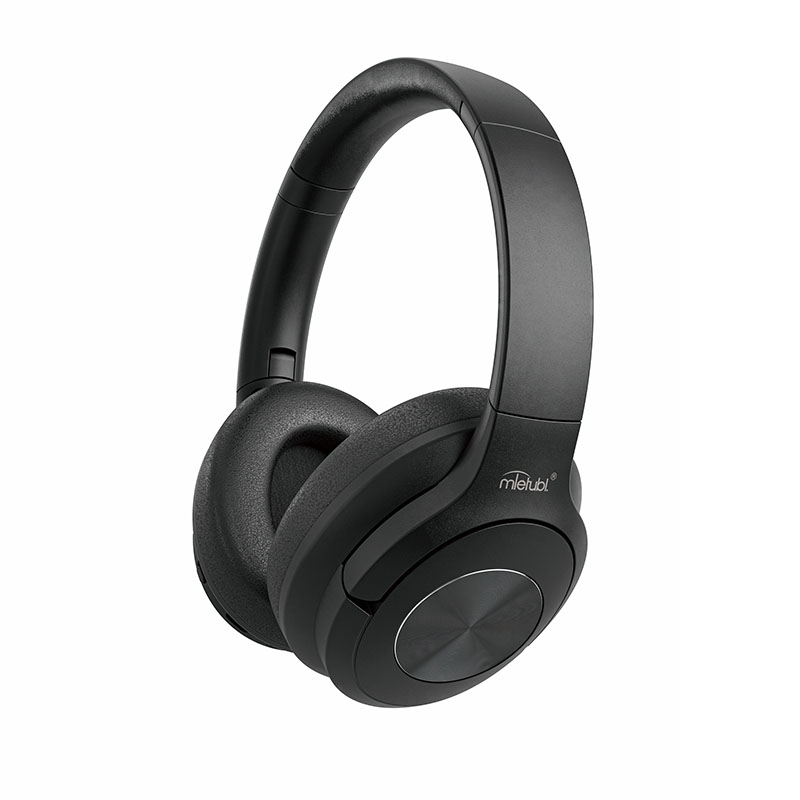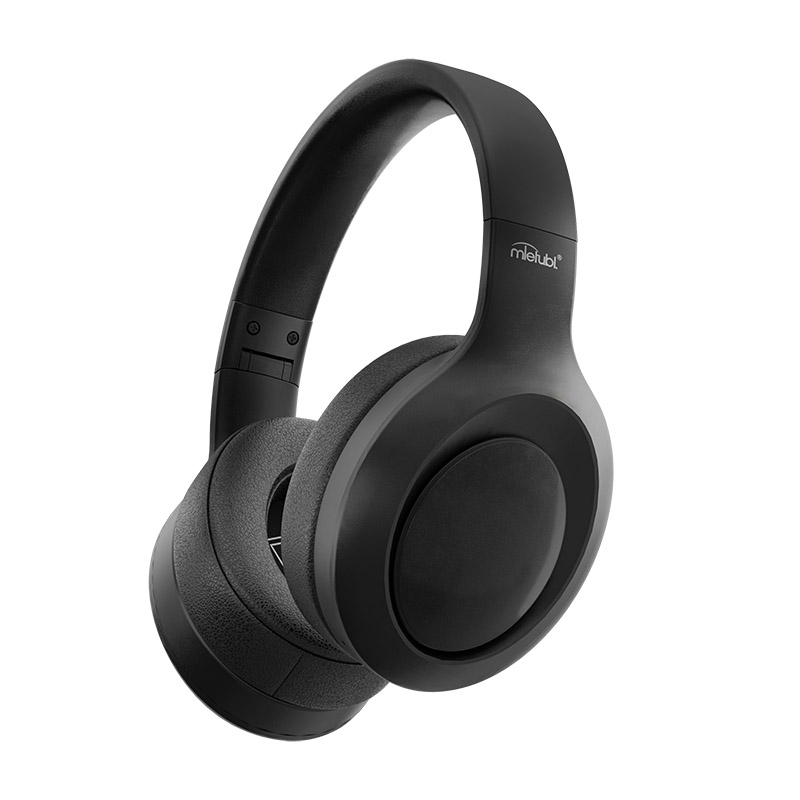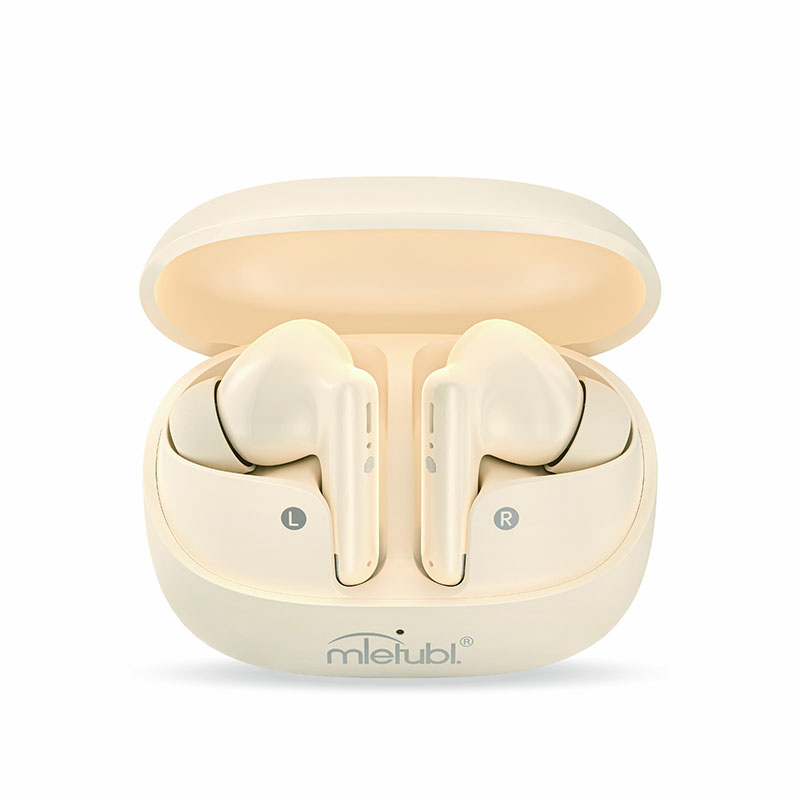Imagine settling into your seat on a long flight, ready to relax with your favorite playlist or podcast. You reach into your bag and pull out your noise-canceling headphones. Immediately, the droning hum of the engines is replaced by blissful quiet. Thanks to noise reduction technology, your journey becomes far more enjoyable.
When it comes to keeping unwanted sounds at bay, two key technologies stand out: Active Noise Cancellation (ANC) and Passive Noise Isolation. Although both aim for the same result. Many believe that Active Noise Cancellation (ANC), which uses electronics to counteract ambient noise, is inherently better than traditional passive noise isolation. But is ANC always the better choice? Let’s explore.
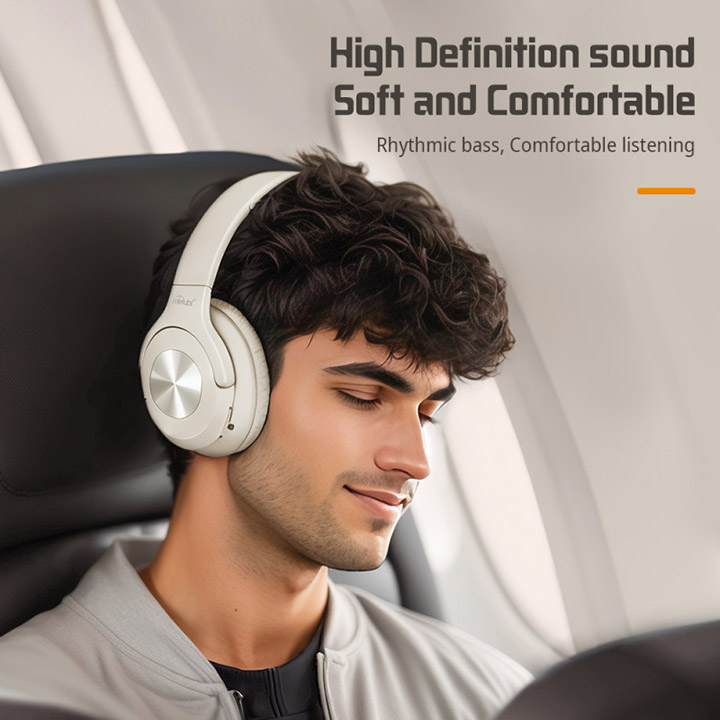
ANC vs. Passive Noise Cancellation: Key Differences
Active Noise Cancellation (ANC) might seem like a recent innovation, but its origins date back nearly a century. The story begins in the 1930s, when physicist first proposed the concept of using sound waves to cancel unwanted noise by generating “anti-noise”— uses advanced electronics to actively combat ambient noise. Built-in microphones detect external sounds, and the system generates opposing sound waves to effectively cancel out background noises.
It wasn’t until the 1950s, however, that ANC technology gained momentum. By the 1970s and 1980s, ANC was adopted in aviation headsets, dramatically improving communication and reducing pilot fatigue.
The real breakthrough came in the late 1980s and early 1990s, when ANC began entering the consumer market. Brands like Bose popularized this technology, making it accessible beyond aviation, especially for travelers eager to reduce noise fatigue on flights and commutes.
Now.ANC has become mainstream. Modern ANC devices leverage advanced microphones, sophisticated algorithms, and AI-driven technology to dynamically adjust to changing environments, providing users unparalleled comfort and clarity.
Passive Noise Isolation, by contrast, relies on physical barriers to block sound. Dense materials, snug ear cushions, or sound-absorbing layers prevent noise from reaching your ears. This approach is particularly effective for mid- and high-frequency sounds, such as voices in a bustling café or the clatter of a keyboard.
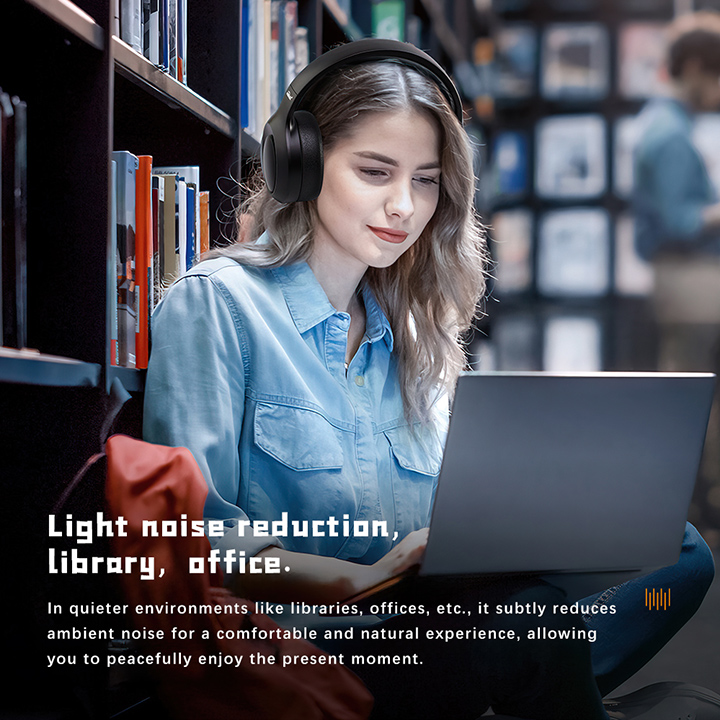
To illustrate, imagine yourself at home, trying to read while construction noise rages outside. ANC is like a smart device that detects the noise and plays counteracting sounds to neutralize it, especially for steady, low-frequency hums. However, it requires power and may create a slight sense of ear pressure. Passive isolation, on the other hand, is like closing thick curtains and windows to physically block noise. It’s simple, requires no power, but may struggle with deep, rumbling sounds and can feel cumbersome over time.
Pros and Cons at a Glance:
| Advantages | Disadvantages | |
| Active Noise Cancellation | Excellent against consistent, low-frequency sounds; technologically sophisticated; often more comfortable for long-term use. |
|
| Passive Noise Cancellation | Simple, affordable, reliable, excellent for mid-to-high frequency sounds (like voices). |
|
When to Choose ANC or Passive Noise Cancellation
Both Active Noise Cancellation (ANC) and Passive Noise Isolation offer excellent noise reduction, but they're best suited to different scenarios. Here's a quick breakdown to help you choose wisely:
Best Scenarios for Active Noise Cancellation:
Airplane travel: ANC effectively neutralizes continuous engine hum.
Public transportation: It greatly reduces low-frequency rumblings on buses, trains, and subways.
Office air conditioning or fan noise: Steady background humming noises are significantly minimized.
Studying or working in spaces with steady, repetitive background sounds.
Best Scenarios for Passive Noise Isolation:
Busy cafés or open offices: Passive isolation excels in blocking higher-frequency sounds such as voices or typing.
Construction noise: Thick padding or isolation material physically blocks loud impacts and sudden noises effectively.
Noisy households or dormitories: Passive barriers work effectively against unpredictable or intermittent sounds, such as talking, TVs, or household appliances.
Situations where battery life and simplicity matter: Passive isolation doesn't require power or technology, making it a reliable, always-on solution.
Making the Right Choice
Choosing between ANC and passive isolation depends on your lifestyle and specific preferences. If you prefer simplicity in design, passive noise isolation should be your first choice. However, if lightweight comfort or frequent travel is important to you, Active Noise Cancellation may better suit your needs. Additionally, factors such as budget and how tech-savvy you are will also influence your decision.

